

Masterpiece: Saint Serapion (1628)
Chiaroscuro was an artistic technique that was first developed during the Renaissance in Italy. It’s marked by the use of strong tonal contrasts between light and dark to model three-dimensional forms, often to dramatic effect. Francisco de Zurbarán is known for his forceful and realistic use of chiaroscuro in his paintings. He was devoted to expressing religion and faith, and most of his best-known works are religious paintings that are capable of evoking intense feelings of devotion.

Masterpiece: Portrait of Pablo Picasso (1912)
Gris is one of the most well-known figures of the art movement known as Cubism, an influential movement that revolutionized European painting and sculpture. In Cubism, the artwork is broken up and reassembled in an abstract form. To add to this, it’s depicted from a multitude of viewpoints to represent the subject in a greater context. Unlike Picasso, whose Cubist works were mostly monochromatic, Gris created his paintings with bright harmonious colors in daring, new combinations. He later turned his attention to Crystal Cubism which placed emphasis on flat surface activity and large overlapping geometric planes.
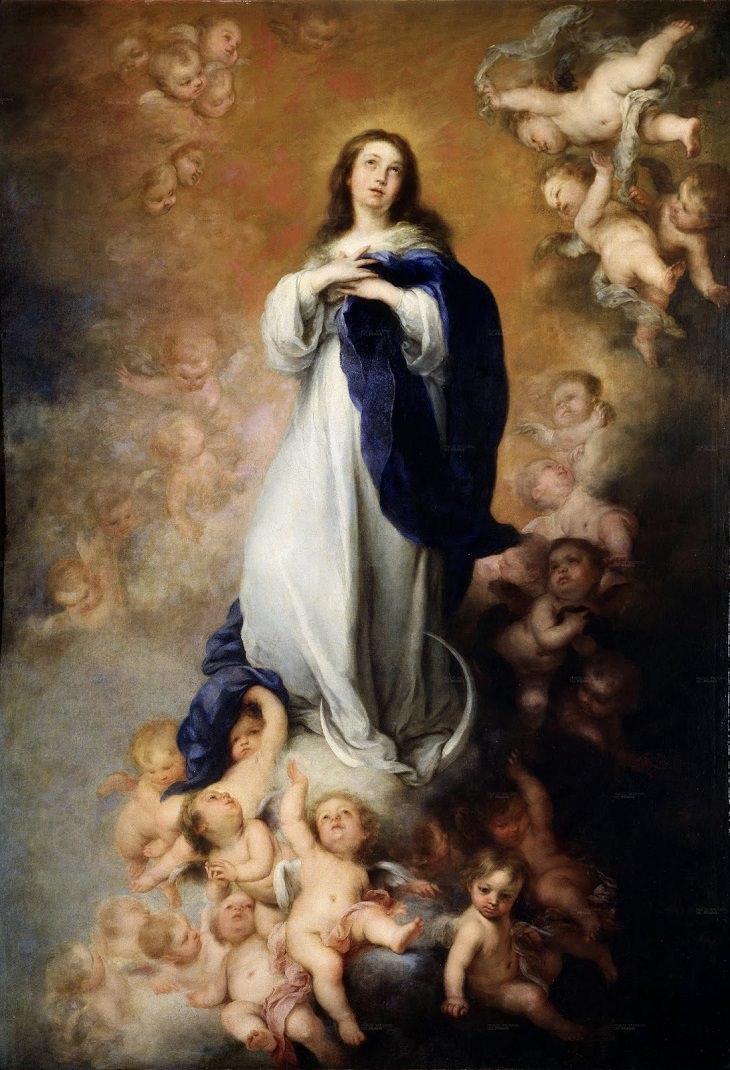
Masterpiece: The Immaculate Conception of Los Venerables (1678)
Before the arrival of Velazquez, Zubaran, and El Greco in the 19th century, Murillo was the most famous Spanish painter. He was not only one of the most celebrated painters in Spain, but also one of the most famous artists in all of Europe. He had many pupils and followers, and his paintings were the most prized Spanish artworks. Murillo was known for his religious paintings, but he also created a number of lively realist paintings of flower girls and street urchins which give a captivating account of everyday life back then. His style was marked by sweetness and sentimentality in contrast to the darker art of most of his contemporaries.
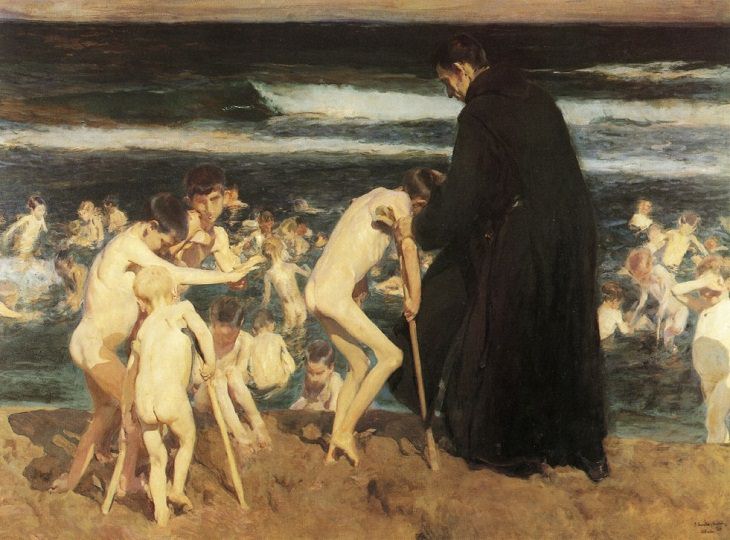
Masterpiece: Sad Inheritance (1899)
Impressionism was an influential art movement that originated in France and was characterized by distinctive brush strokes, ordinary subject matter, candid poses, vivid colors, and most importantly, emphasis on accurate depiction of light. Sorolla excelled in dexterous representation of the people and landscape under the sunlight of his native land, thus reflecting the spirit of impressionism. He created over 2000 paintings, primarily portraits, landscapes, and monumental works of social and historical themes. Sorolla was one of the leading Spanish artists of his time, and is perhaps the most famous Spanish Impressionist painter.
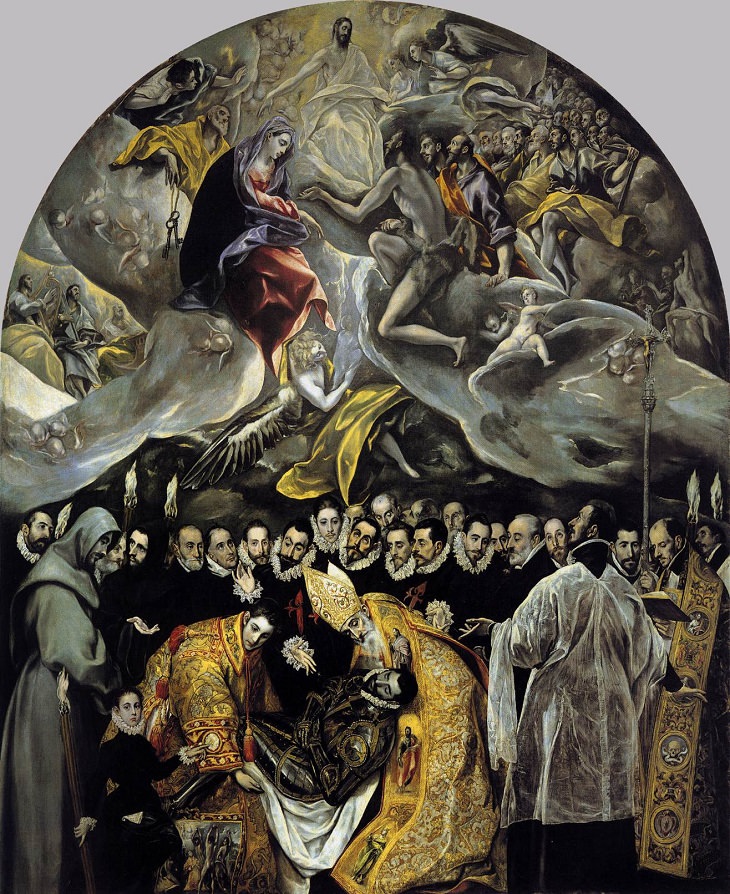
Masterpiece: The Burial of the Count of Orgaz (1588)
El Greco got his popular name from his Greek origin. After starting his career in Italy, he migrated to Spain in 1577, where he produced his mature and best works. El Greco excelled as a painter of religious subjects, but he was equally adept in landscapes and portraiture. His art is considered a precursor of both Expressionism and Cubism, and is so individualistic that art historians struggle to place him into a conventional school.
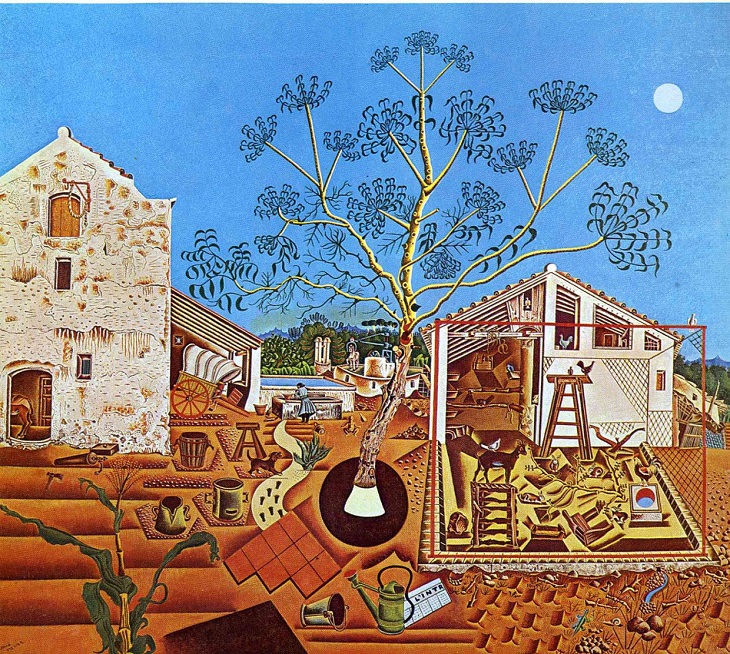
Masterpiece: The Farm (1922)
Surrealism was an influential art movement in the 20th century. This movement rejected rationalism and literary realism, and instead focused on channeling the unconscious mind to unveil the power of imagination. Miró was one of the first artists to develop automatic drawing to undo traditional techniques in painting, and hence, along with André Masson, he represented the beginning of Surrealism. To add to this, his work is often considered a precursor to Abstract Expressionism and he is seen as the forefather of the art movement. Therefore, Miro was an essential part of two dominant art movements in the 20th century.
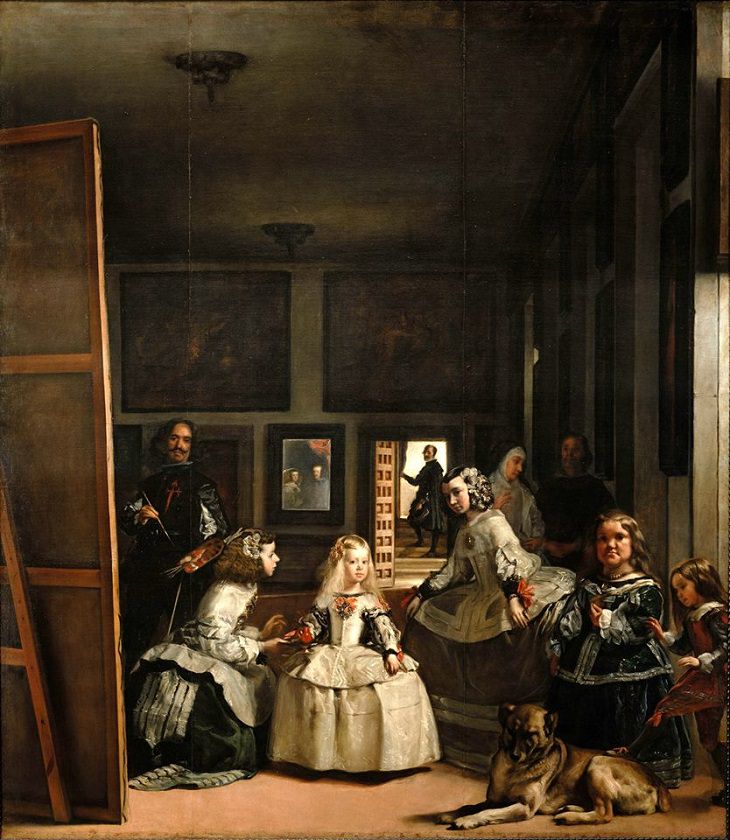
Mastepiece: Las Meninas (1656)
Diego Velázquez was the leading artist in the court of King Philip IV of Spain. However, he only became popular outside Spain at the beginning of the 19th century when his artwork became a model for realist and impressionist painters. Since then, he has been regarded as one of the most influential painters in European history. Famous modern artists such as Picasso, Dali, and Bacon have all paid tribute to him by reproducing several of his celebrated works.

Masterpiece: The Third of May 1808 (1814)
Goya rose to prominence in the artistic scene thanks to his tapestry cartoons. He later developed a taste for portrayals of a dark nature for which he is best known today. Known as his Black Paintings, they portray intense, haunting themes, reflective of both his fear of insanity and his bleak take on humanity. He is also renowned for the highly imaginative elements in his art and bold use of paint. His style was an inspiration for later generation of artists, and his is regarded as the most important Spanish artist of late 18th and early 19th centuries, and one of the greatest portraitists of modern times.

Masterpiece: The Persistence of Memory (1931)
Dali was a preeminent artist of the Surrealist movement and he created the most famous masterpiece of this movement. His contribution to Surrealism includes the paranoiac-critical method; in which the artist attempts to tap into his subconscious through systematic irrational thought and a self-induced paranoid state. Recurring images in his works include elephants with brittle legs which evoke weightlessness, ants, which symbolize death and decay, and melting watches, which are symbolic of the non-linear human perception of time. Dali was one of the most influential painters in modern art and perhaps the most renowned 20th century artists after Picasso.
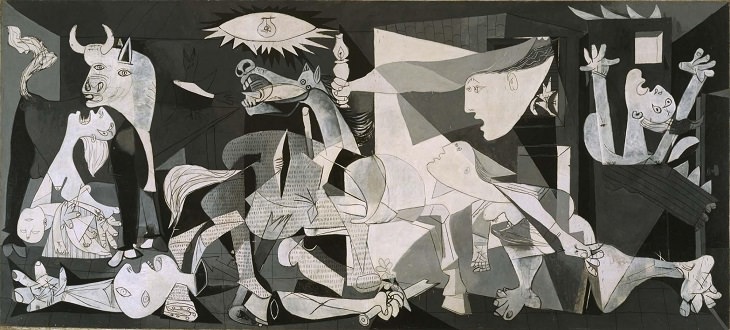
Masterpiece: Guernica (1937)
Picasso was the most influential artist of the 20th century. He moved away from the practices of the past and co-pioneered the art movement, Cubism, that revolutionized European painting and sculpture. His styles changed over the course of his career as he decided to experiment with different techniques, theories, and ideas. During his lifetime, he created around 1900 paintings. A number of these are among some of the most expensive ever sold, but his most famous works are generally found at museums. Picasso is undoubtedly the most famous Spanish artist and many consider him to be the greatest artist of all time.
Source: learnodo-newtonic